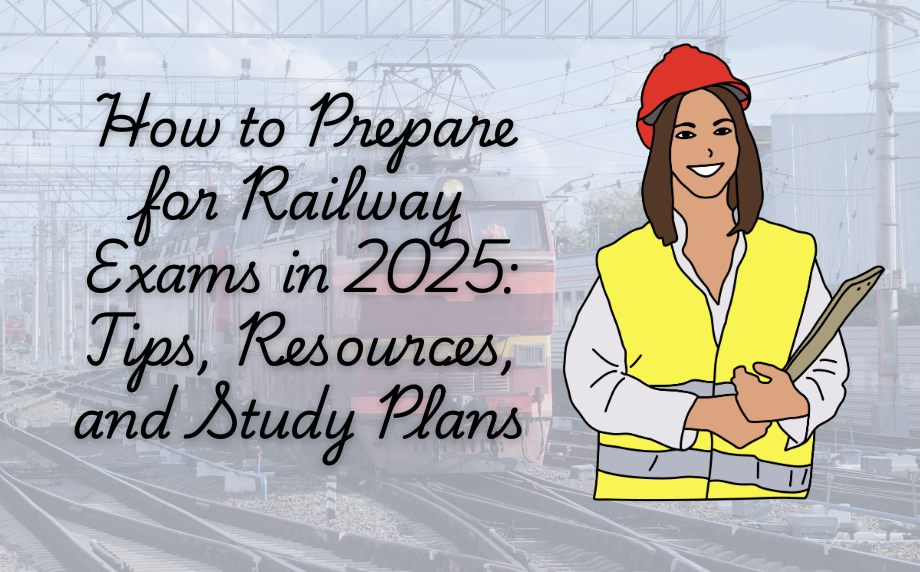Within recent years, especially after the independence of the 7th pay commission structure, several changes have been made to the jerk structure of the SSC jobs of the central government employees of India.
For this structure, the government of India has planned to request a revision in the country’s salary structure, control inflation and the preset economic situation, and enhance the living standard of Indian government employees.
Before this system, employees were not getting proper salaries up to their expectations, which made them unsatisfied with their jobs and led them to think of switching to the private sector or any other domain in the government sector.
However, introducing this new pay system has transformed how government jobs are perceived, especially in SSC (Staff Selection Commission) roles.
What is the 7th Pay Commission?
Purpose of the 7th Pay Commission
7th Pay Commission recommendations
Introduction of the pay matrix
Elimination of pay bands and grade pay
Increase in allowances and benefits
Revised pension system
Overview of SSC Jobs Salaries Structure Pre-7th Pay Commission
Before the 7th Pay Commission, the SSC jobs had a pay band and grade pay structure. The structure was less clear-cut and transparent than the one now. Here’s how things were:
Pre-7th Pay Commission Salary Structure
- Pay Bands and Grade Pay: Salaries were computed by applying a pay band to which grade pay was added. It often created confusion regarding total salary and progression.
- Low Basic Pay: The basic pay was relatively low, which made most employees unhappy.
- Limited Allowances: although there were allowances, they were negligible and could not keep pace with the rising cost of living.
Limitations of the previous system
- Poor Correspondence with Inflation: Salaries failed to rise with inflation, meaning that the real value of income decreased over time.
- Less Attractive for Aspirants: The low starting salaries and few benefits made government jobs less attractive to new job seekers, especially when compared to private sector opportunities.
Main changes in SSC job salaries after the 7th Pay Commission
Introduction of the Pay Matrix
Introduction of the Pay Matrix
- The increase in basic pay was generally 18% to 30% on lower-level jobs.
- Increments were slightly more substantial for middle to senior grades, and thus, government jobs were highly competitive.
Higher allowances
- House Rent Allowance (HRA): New rates on the new categorization of cities as X, Y and Z cities where the new rates stand at 24%, 16% and 8% on the basic pay respectively have been incorporated into the HRA.
- Dearness Allowance (DA): The subvention is flexible depending on the term with an aim of really catering for inflation so that the purchasing power of the employees is not affected.
- Travel Allowance (TA): This allowance has been increased to address escalated transport expenses and decrease employees’ strain from
Impact on Different SSC Job Roles
Income Tax Inspector (Staff Selection Commission Combined Graduate Level).
- Pre-7th Pay Salary: ₹30,000 – ₹50,000
- Post-7th Pay Salary: ₹44,900 – ₹1,42,400
- Approximate Hike: 22%
Lower Division Clerk-(SSC CHSL)
- Pre-7th Pay Salary: ₹18,000 – ₹25,000
- Post-7th Pay Salary: ₹19,900 – ₹63,200
- Approximate Hike: 18%
Multi-Tasking Staff (SSC MTS)
- Pre-7th Pay Salary: ₹15,000 – ₹20,000
- Post-7th Pay Salary: ₹18,000 – ₹56,900
- Approximate Hike: 20%
Comparison of Pre and Post-7th Pay Commission Salaries
| Job title | Pre-7th salary (Rs) | Post-7th salary (Rs) | Approx. Hike |
|---|---|---|---|
| Income Tax Inspector | 30,000 – 50,000 | 44,900 – 1,42,400 | 22% |
| Junior Engineer (SSC JE) | 25,000 – 40,000 | 35,400 – 1,12,400 | 20% |
| Data Entry Operator | 18,000 – 25,000 | 25,500 – 81,100 | 18% |
Benefits beyond salary
- Increased Allowances: Higher HRA, DA, and TA have helped all the employees cope with their living expenses.
- Retirement Benefits: That way, pensions and gratuities paid are higher to economically support retirees and their families.
- Improved Job Satisfaction: Government employees are paid better and on better terms than they used to be, which improves job satisfaction and morale.
- Career Advancement Opportunities: The new pay structure has enhanced the attractiveness of SSC jobs and provided scope for more promotions.
Challenges and Criticisms
- Increased Workload: Even though higher pay comes with expectations and additional pressure, this can become tiresome and stressful.
- Disparity in Pay Levels: Certain positions received much greater increases than others, which caused some civil servants to complain.
- Delay in Implementation: Some departments got incredibly frustrated by the new pay structure because its implementation was delayed in some departments.
Why SSC Jobs Are Now More Attractive?
The 7th Pay Commission has made SSC jobs more desirable by offering:
- Higher Starting Salaries: Today, new entrants receive attractive wages at the onset.
- Financial Stability: The improved financial benefits and pensions guarantee permanent financial stability.
- Increased Competition: The enhanced pay scales have ensured that competition increases in the SSC exams since more people apply.
Conclusion
The 7th Pay Commission has significantly enhanced SSC job salaries and increased financial and job satisfaction. However, the advantages are on the other hand and they are significant enough in ensuring that SSC jobs have become one of the best job vacancies in today’s world market competition.







